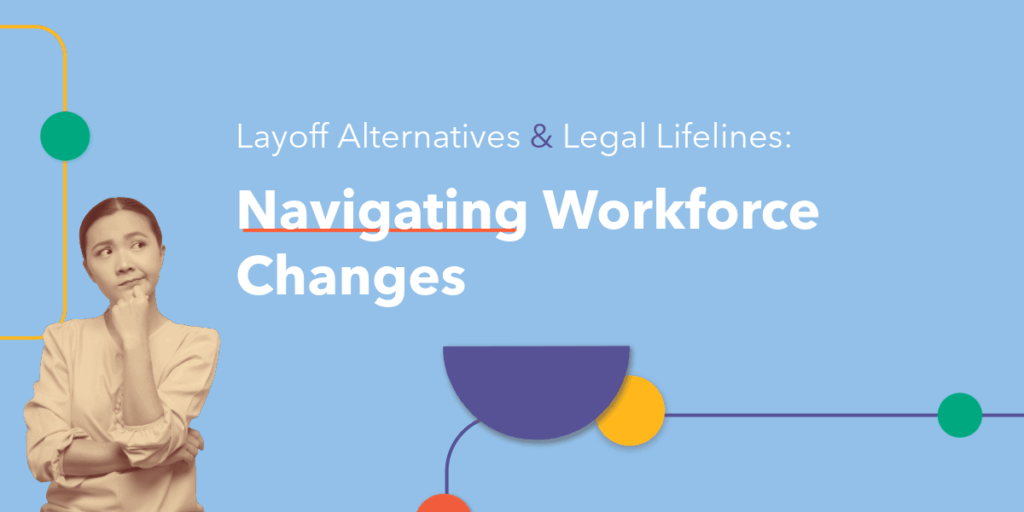[vc_row][vc_column][vc_column_text margin_bottom=”20″]
Larger corporations have access to many people with a broad range of knowledge and experience, whether internally, on the board or externally. They can also afford to pay consultants or hire people when they are needed.
Small companies, and especially owner-operator businesses, are so busy going from one fire to the next that often they don’t have time to even realize that they could be doing things differently. These companies are also often closely-held without a diverse board and this leaves the CEO having to operate without anyone there to bounce ideas off or to provide a broader perspective. A proven step to a stronger governance model is the use of external people on a strategic advisory board. In fact, the first step is often to find the first advisor or mentor.
What are the long-term needs of your organization?
The people and structure of an Advisory Board will depend on the needs of the organization. CEOs will generally start by bringing together a small group of people who have demonstrated success, knowledge and experience in the area of need. The first step then is to define the needs of the organization over the next two to three years. Some of these needs are included here:
- Access to more customers (may include geographic expansion or new sector)
- More knowledge about competitive environment and expected changes
- Access to key government officials, regulators, standards bodies etc.
- Development of a strategic plan for the organization
- Development of the senior team to improve performance or for succession planning
- Marketing, branding and online strategies
- Technology planning and leadership
- Talent acquisition and management
- Management information systems (ERP, CRM, BI, etc.)
How do you find the right people?
Once you have identified the top needs for your organization, it’s time to start the search for the right people. Most good advisors can help you with more than one need and therefore it is unlikely that you will need five people to cover off five areas for focus.
Many CEOs start with one good advisor that they know will help them move the yardstick and then together identify candidates to cover off the remaining areas. For specialized needs, or those from outside the local market, it may be worthwhile to engage a search firm to identify candidates.
When recruiting advisors, remember that this is a longer-term relationship, and as a result you should recruit people that have the right knowledge and expertise to address the longer-term needs of the company. Equally important, of course, is to find people that you can work with effectively, people with high integrity and that you believe will provide wise council that you will be able to follow.
Advisory board best practices
The structure and organization of an Advisory Board varies quite dramatically from company to company with from one to many people on the board with a single focus (customers, technology, strategy, operations, international growth, etc.) or any combination of these areas.
Some companies implement their Advisory Board as a collection of people who rarely, and sometimes never, get to meet each other but are available for one-on-one consultation with the CEO or senior team. Having said that, a common set of “best practices” have emerged with regards to Advisory Boards to get the best return on the investment of time and money.
These can be summarized as follows:
- Secure the right people: As described in the previous paragraph, it is critical to find and secure the right people for the role. In addition to having the right knowledge, expertise and contacts, each advisor must be willing and able to provide input when requested and bring a unique perspective to all discussions.
- Formalize the relationship: Each advisor should be provided with a clear description of their duties, required availability and compensation (if any). It is recommended that this description be included in a formal advisory agreement and that the term of the agreement be no more than two years, with one year recommended for the first term.
- Choose the right compensation model: Many advisors, especially if they are friends of the CEO or others in the company, will not require to be paid. However, if you want to attract the best candidates, it will often be necessary to compensate the advisors. Compensation may take the form of cash, company shares, stock options, company product, or a combination of these. Advisors may be willing to sign on with little or no compensation because they enjoy a new challenge and the opportunity to work with the CEO and the other advisors.
- Determine the best engagement model: There is a range of engagement models from one-on-one interactions with the CEO to formal and regular Advisory Board meetings. It is recommended that a balance between the two be used, formal Advisory Board meetings for all advisors once or twice per year with more frequent meetings or calls with the CEO as required.
- Seek and give periodic feedback: Ask the advisors for feedback on the structure and engagement periodically, and at least annually. Review everyone’s performance and time commitment at least annually and give frank feedback.
- Renew the board as required: As the needs of the company evolve and the ability of the current advisors to meet those needs, it will be necessary to add new advisors and change out some of the current ones.
Hopefully this article has provided some guidance for anyone considering the formation of an Advisory Board for the company. This blog is intended for family-owned or owner-operator businesses but many of the thoughts are equally applicable to any private company or not-for-profit organization.
Want more? Read Claude Haw’s second article on Advisory Boards based on the results of BDC’s cross-Canada study.[/vc_column_text][vc_column_text margin_bottom=”15″]
We love to work with organizations to build their team including advisory and governance boards. Learn more about our Strategy & Governance practice.[/vc_column_text][/vc_column][/vc_row][vc_row][vc_column width=”1/4″][mk_circle_image src=”https://www.businesssherpagroup.com/wp-content/uploads/2016/03/Claude-Haw.jpg” image_diameter=”300″][/vc_column][vc_column width=”3/4″][vc_column_text]
About the Author
Claude Haw is the Executive Leader for the Strategy & Governance practice at Business Sherpa Group. He has been directly involved as a senior manager, CEO, founder, funder, mentor, advisor and board member of more that 30 private, public and not-for-profit corporations over the past three decades. Claude loves working with energetic and passionate people to take their business to the next level.
[/vc_column_text][/vc_column][/vc_row]










